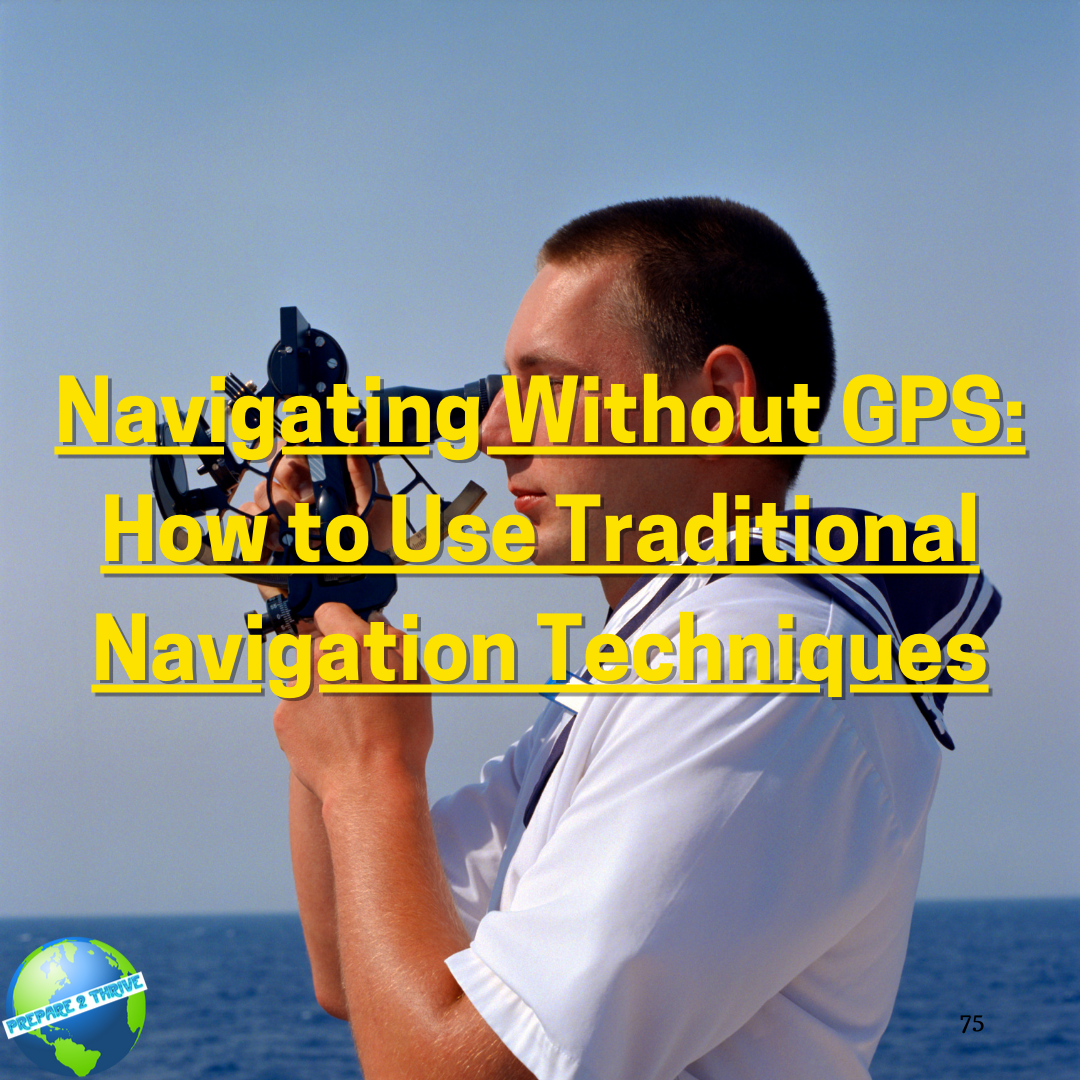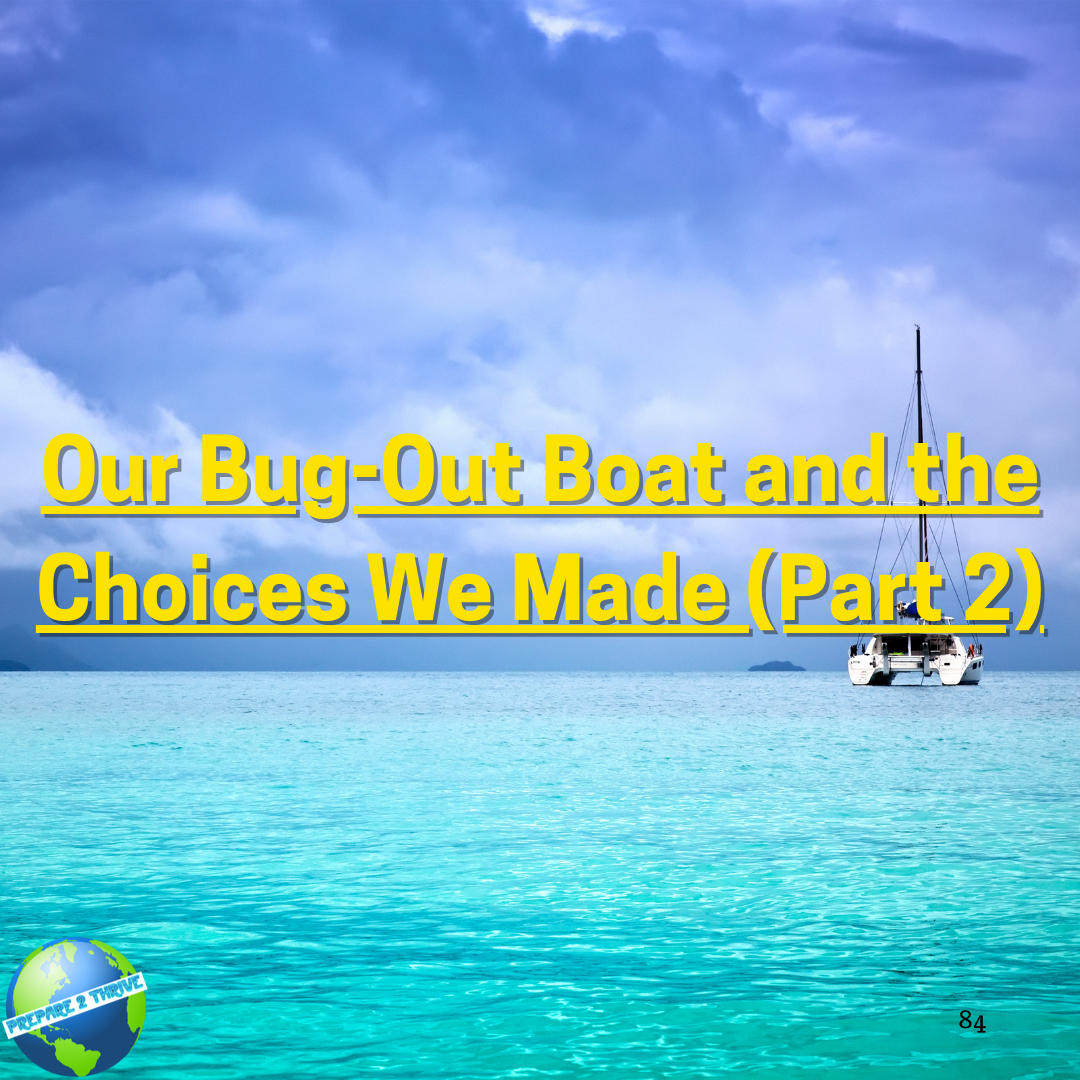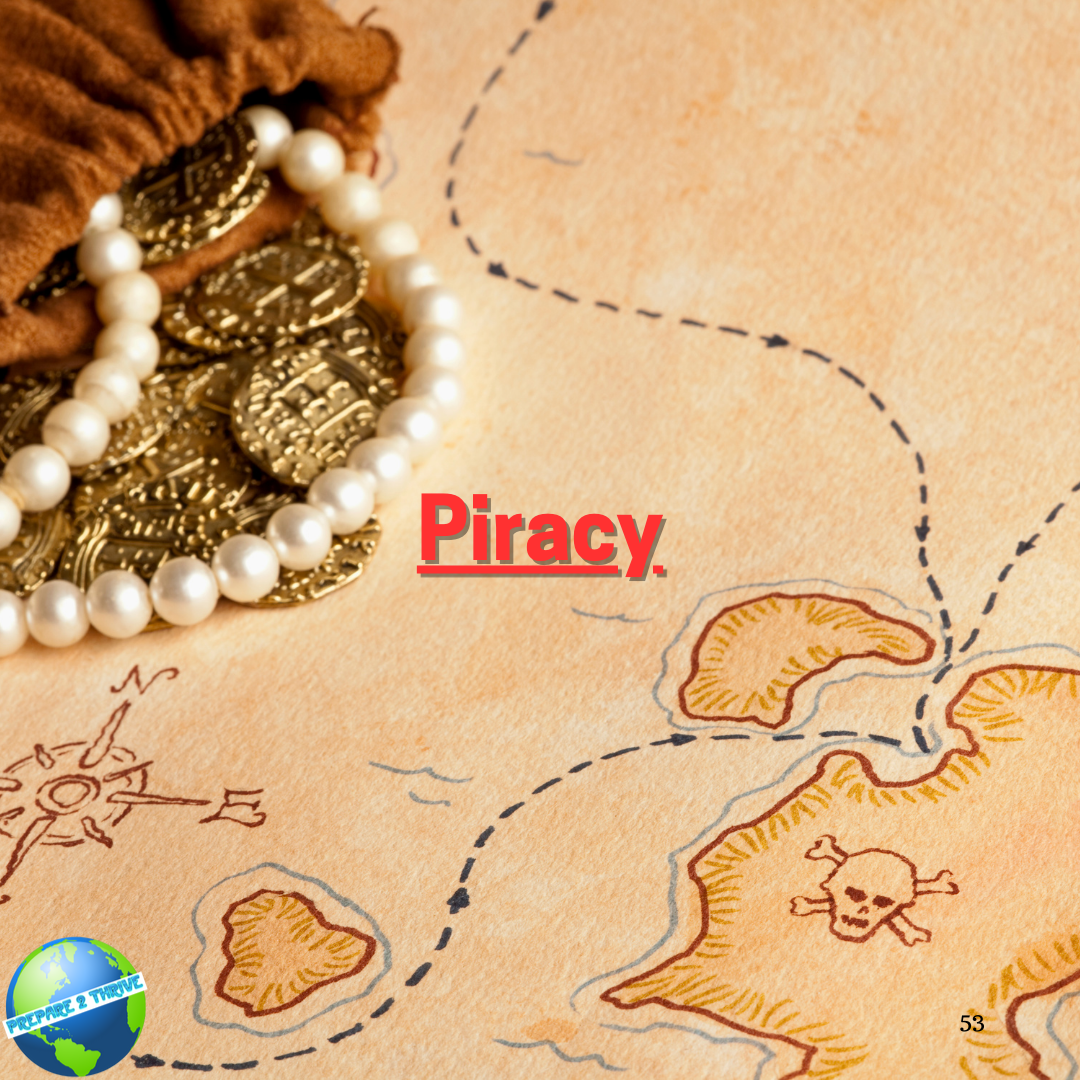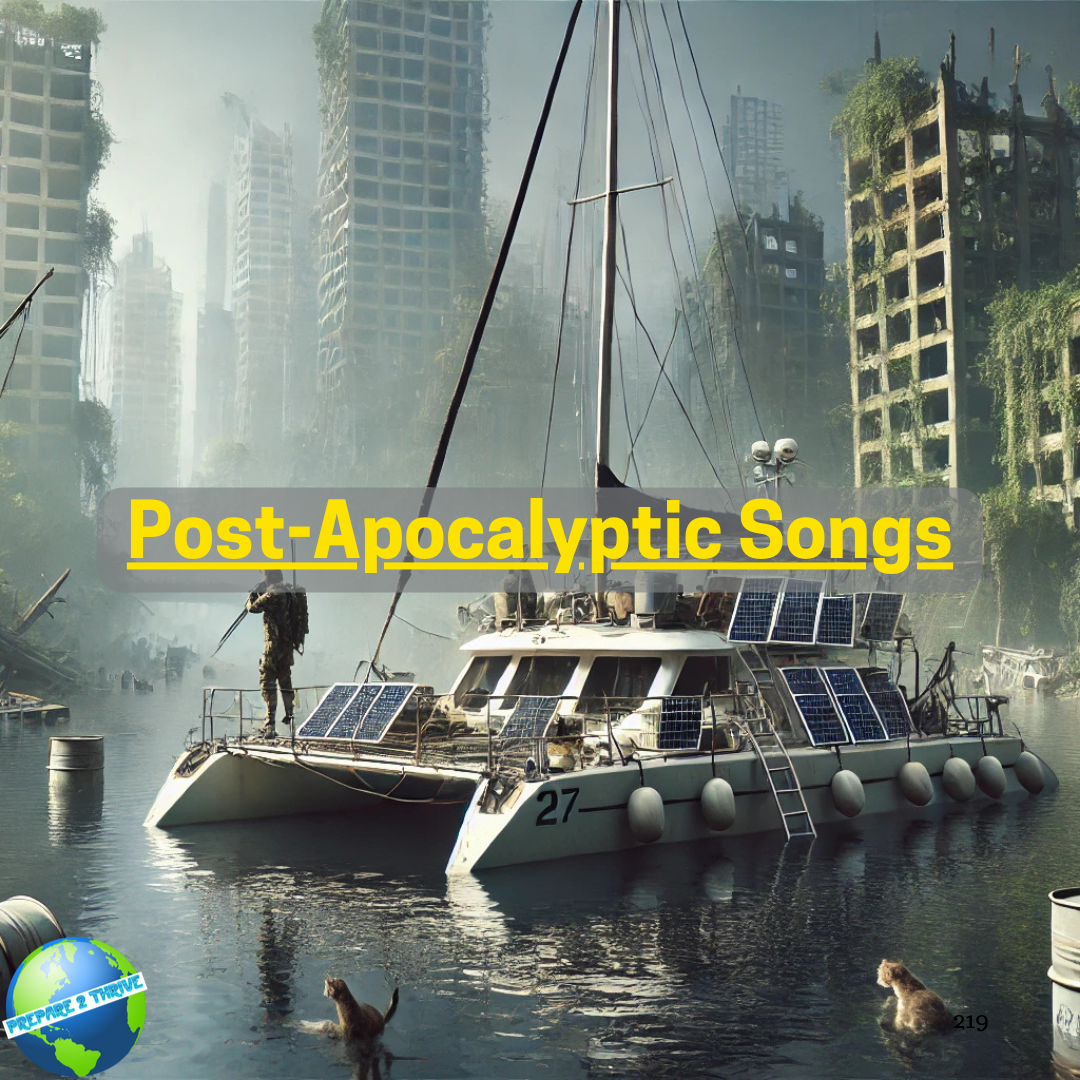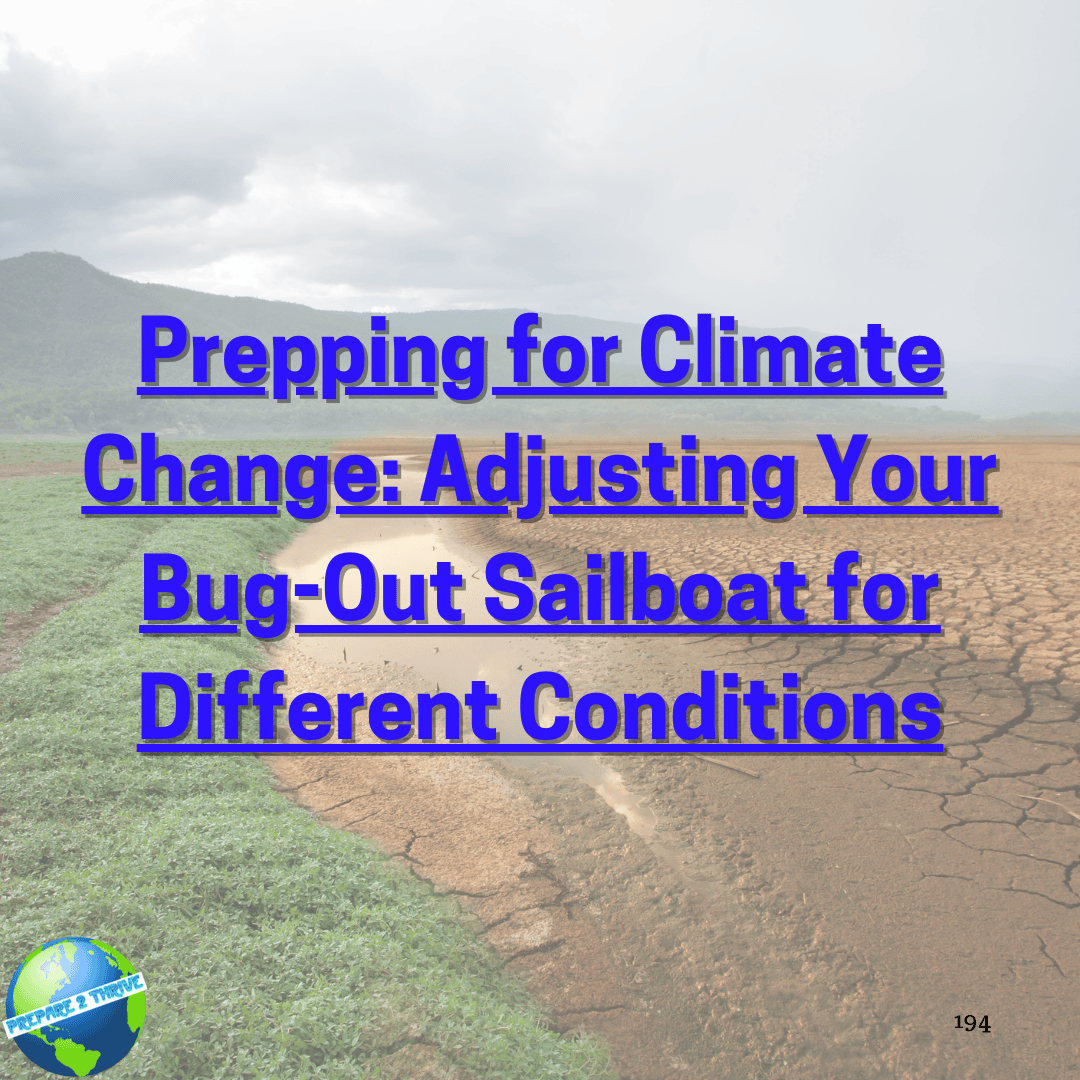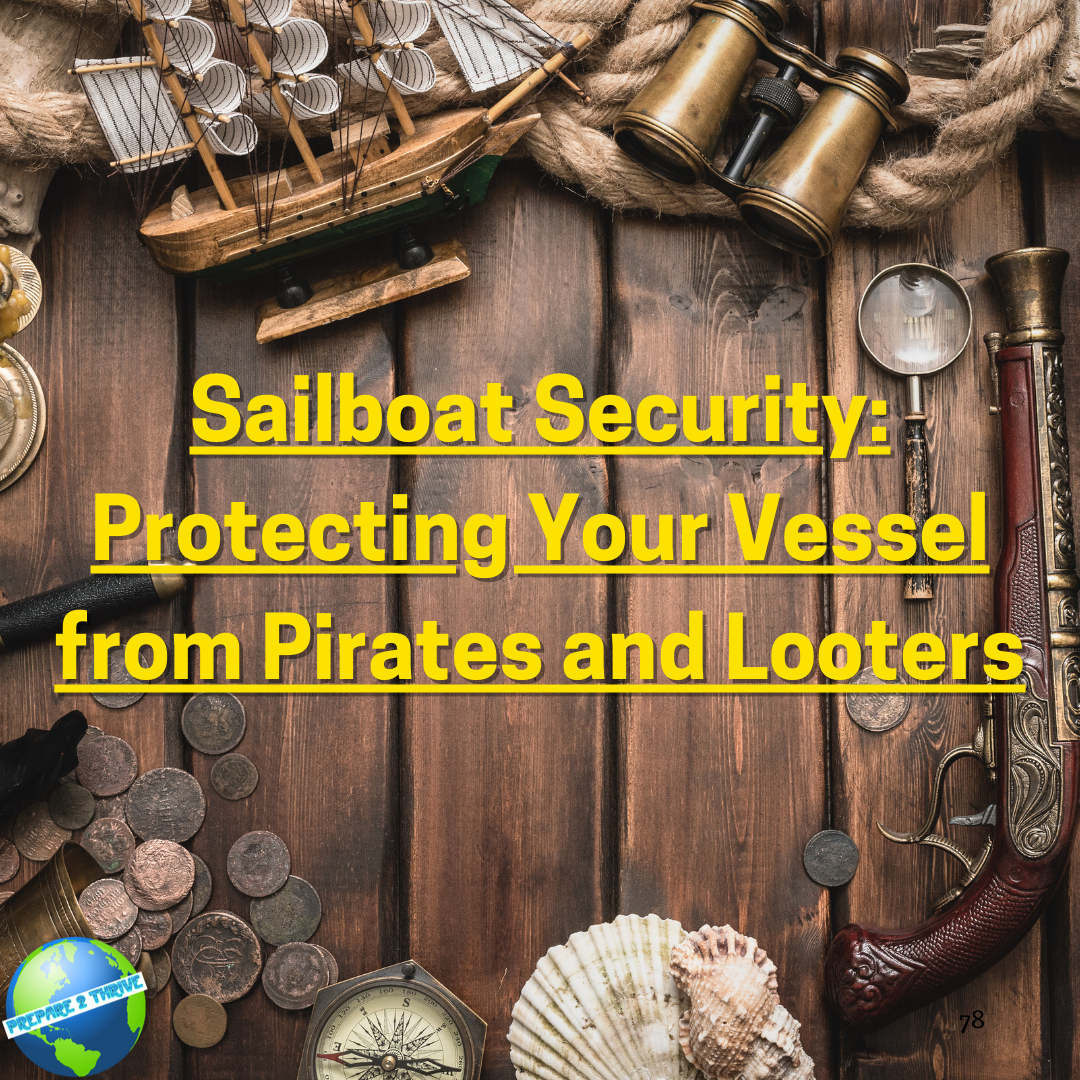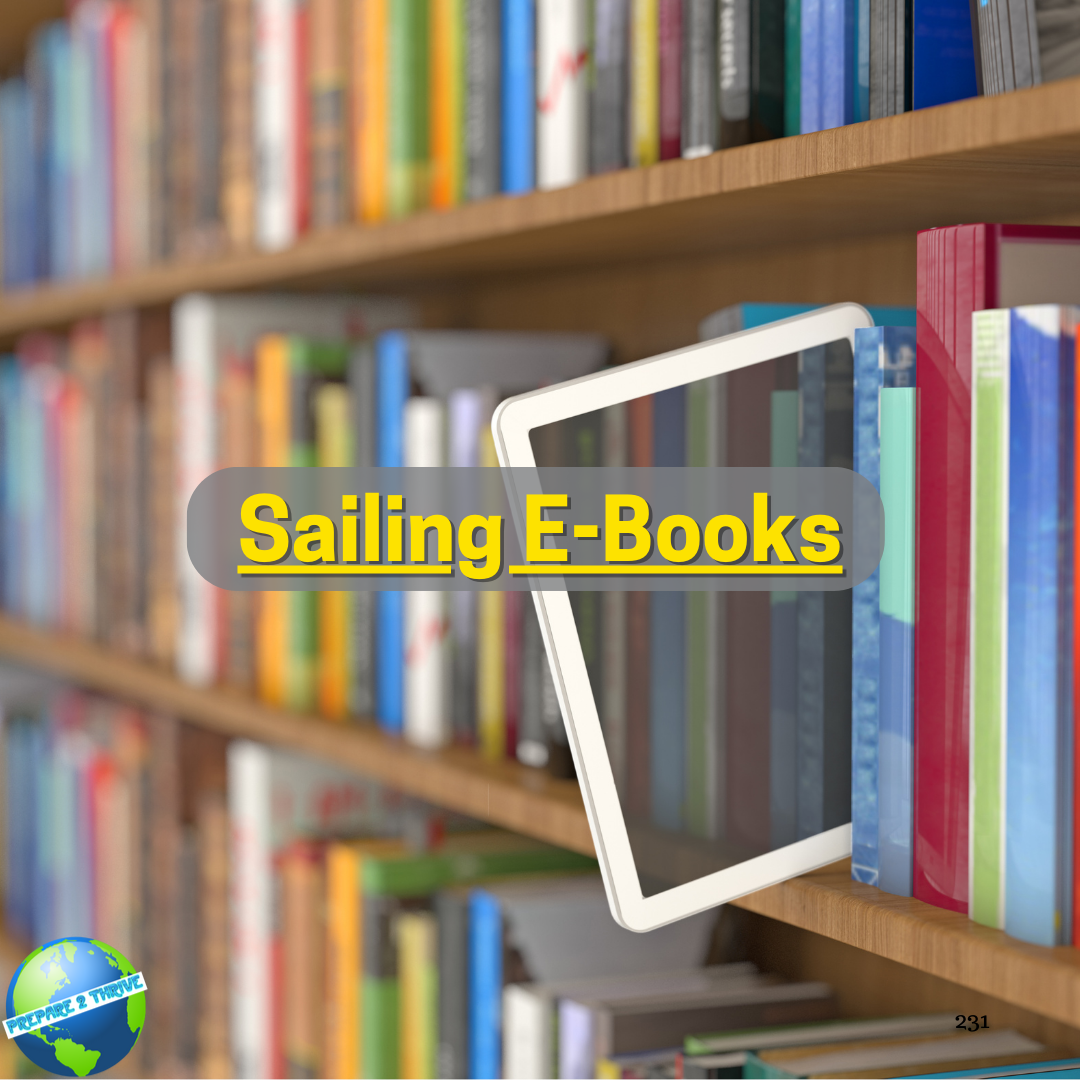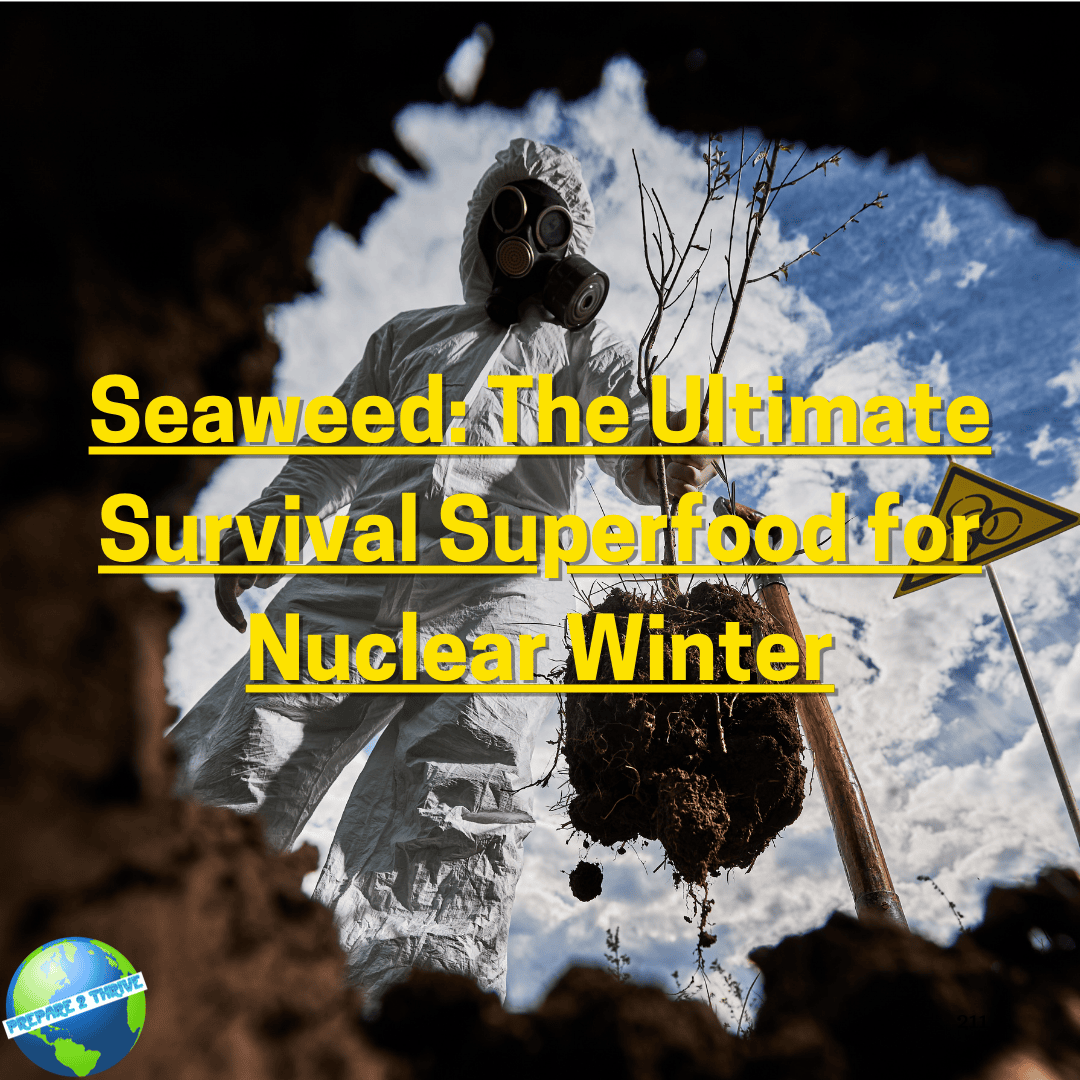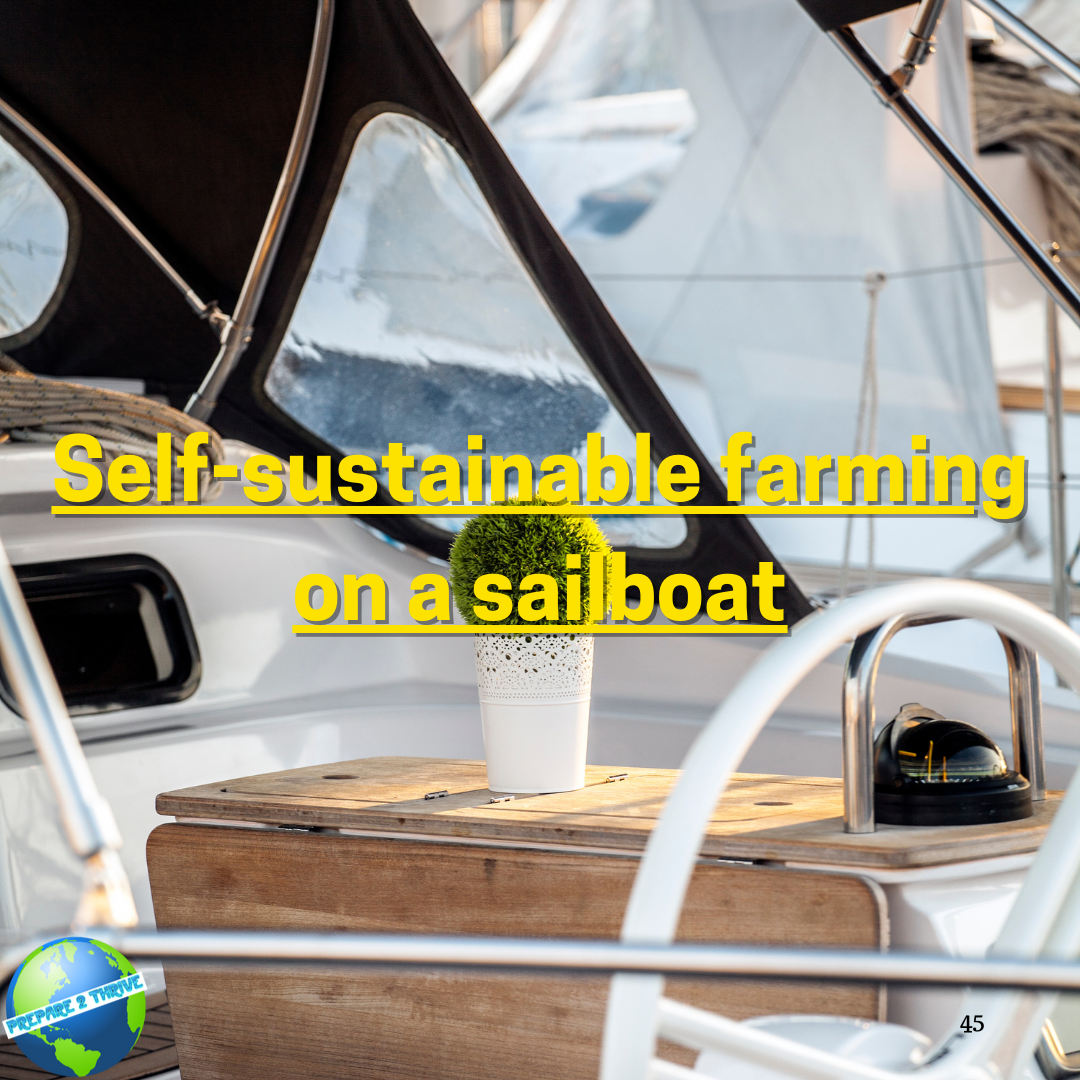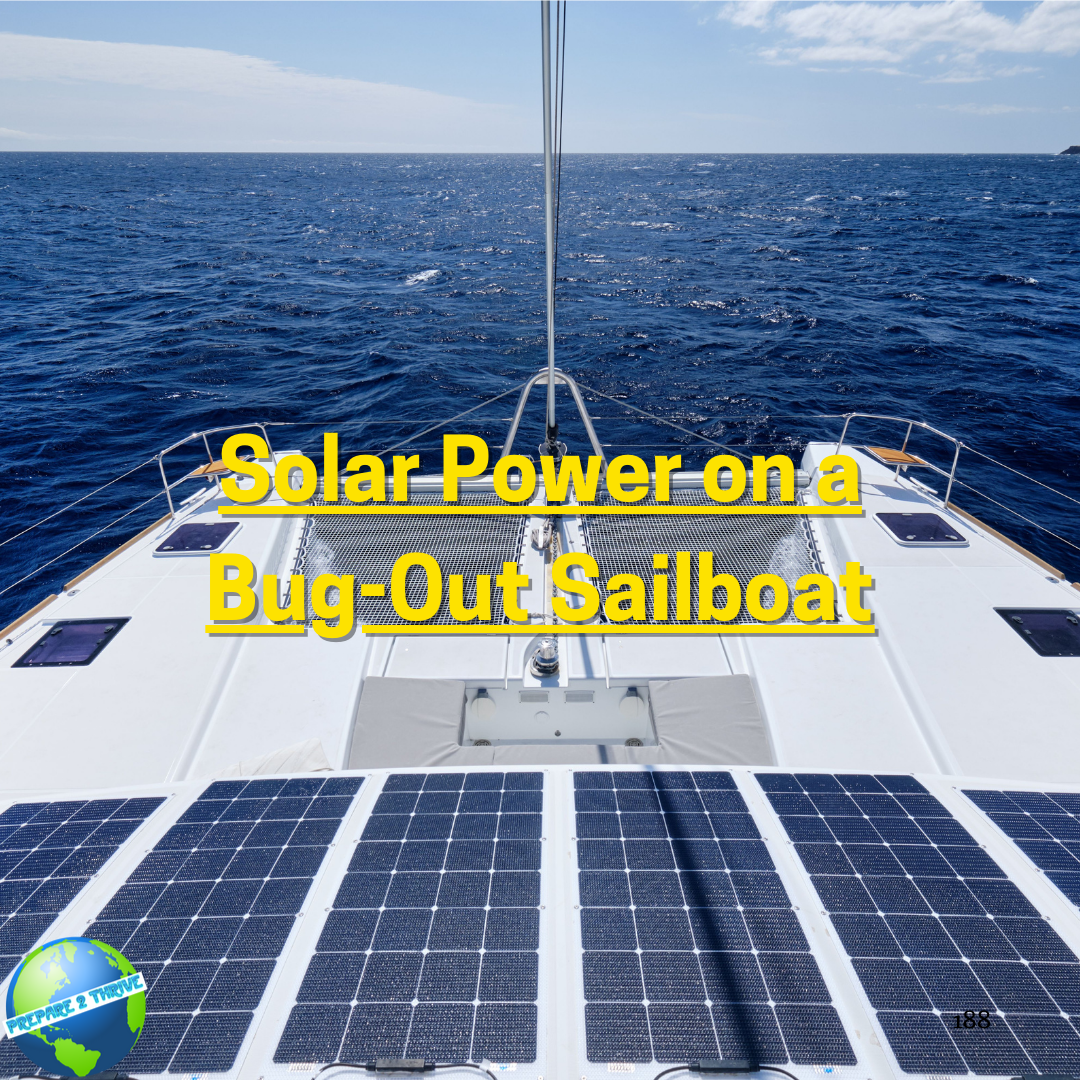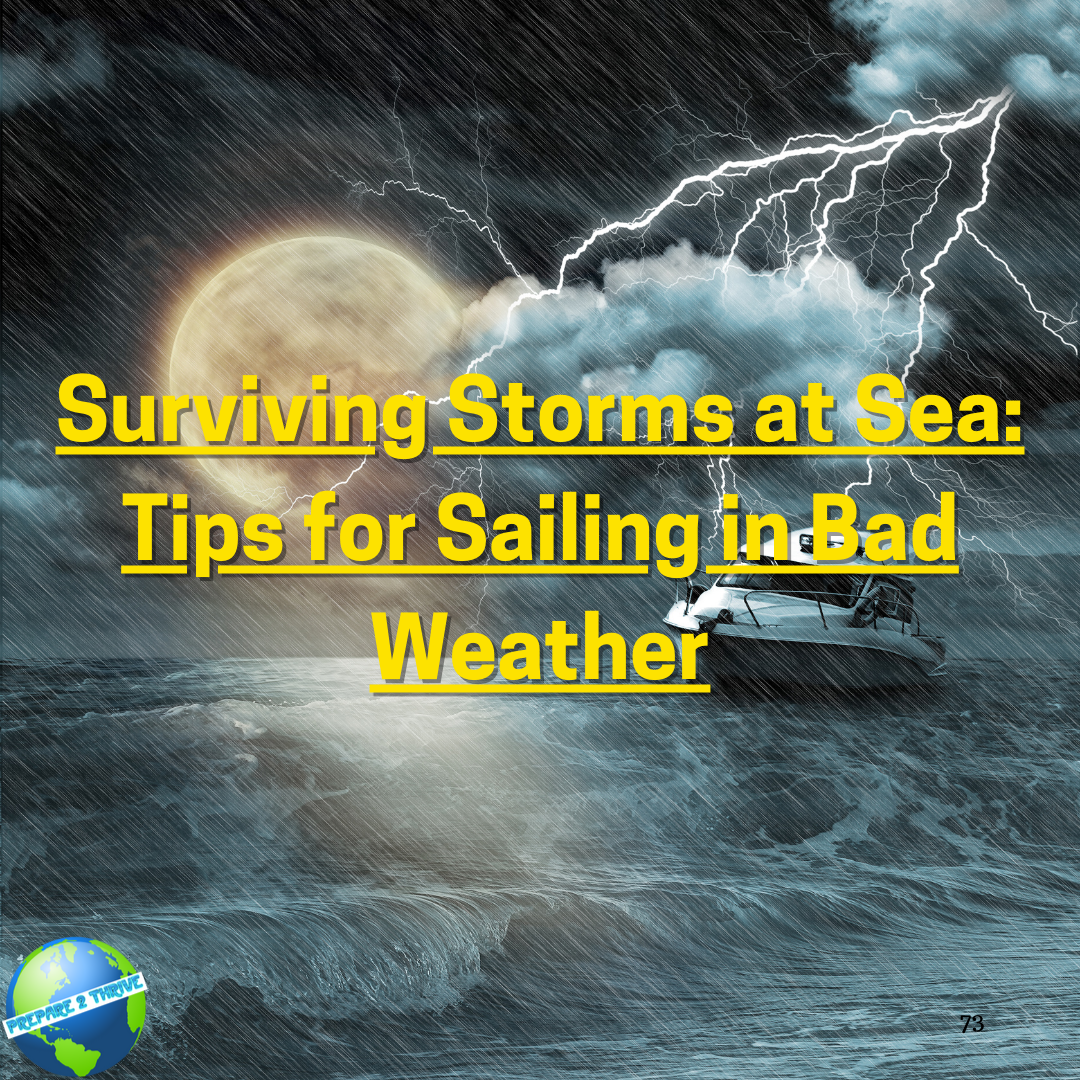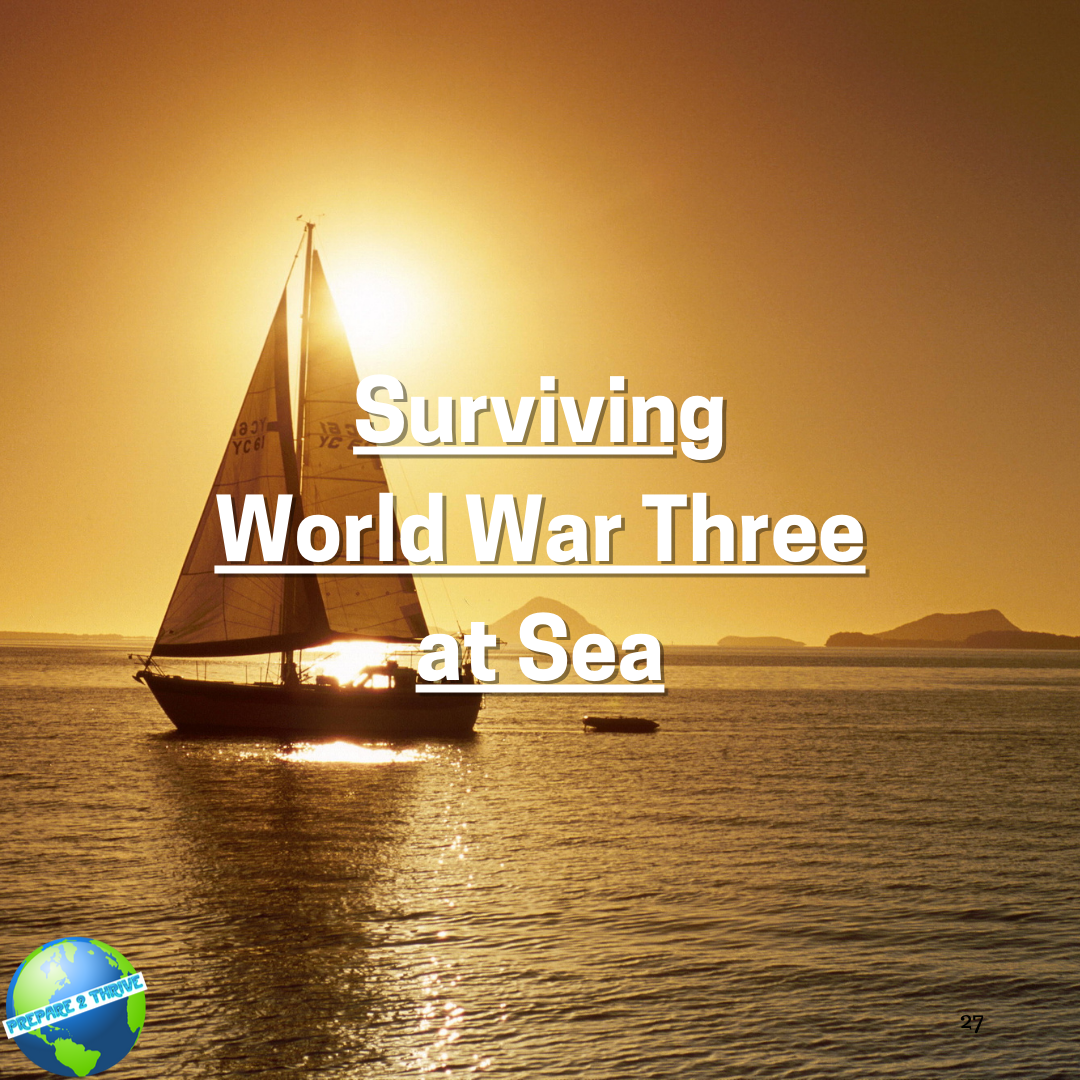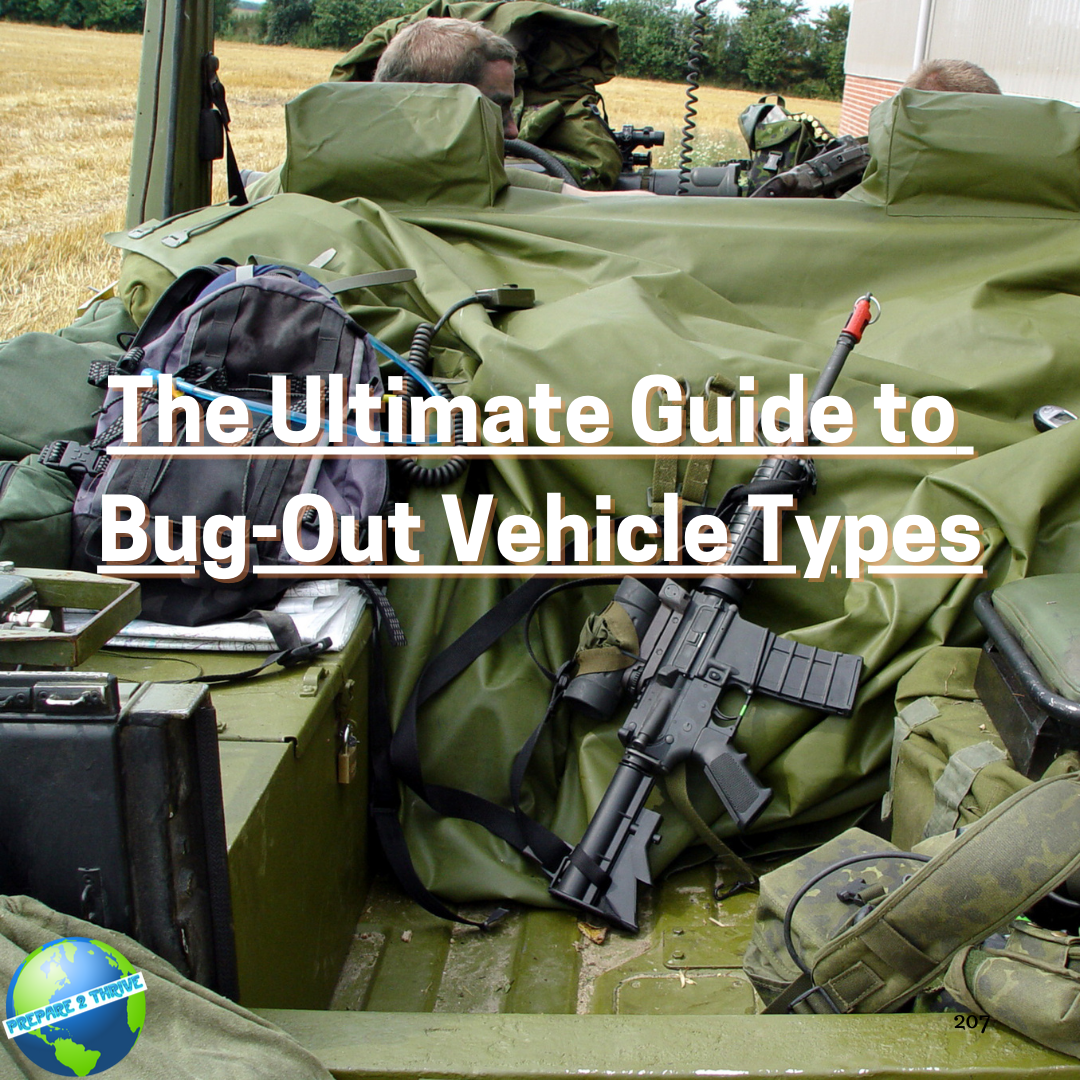Sailing

Dive deep into the world of sailboats, from choosing the right vessel for your prepper needs to maintenance and navigation. Explore the skills required to make your boat a reliable, self-sufficient platform.
Having lived in Toronto, and then on a farm in Northern Ontario, my move to a catamaran sailboat on the ocean 8 years ago was a big change, but a welcome one. Eight years of living on the oceans has taught me a lot, and re-affirmed my belief that a sailing catamaran is the ultimate in survival shelters.
The following articles are all about sailing, sailboats, living on or bugging out on sailboats.
-
Learn about the pros and cons of living on a bug-out sailboat, including the advantages of mobility and self-sufficiency, as well as the challenges of limited space and social isolation. Find out how to make the decision to transition to a sailboat lifestyle.![Living on a Bug-Out Sailboat: Pros and Cons]()
-
Learn how to navigate without GPS using traditional navigation techniques such as celestial navigation, dead reckoning, pilotage, and chart reading. Discover how to prepare for navigation, use navigation tools, cope with emergencies, and stay calm in challenging situations.![Navigating Without GPS: How to Use Traditional Navigation Techniques]()
-
Prepare2Thrive's "Our Bug Out Boat and the Choices We Made" is a comprehensive guide to selecting the perfect sailboat for your emergency preparedness plan. Lea![Our Bug-Out Boat and the Choices We Made (Part 1)]()
-
Prepare2Thrive's "Our Bug Out Boat and the Choices We Made" is a comprehensive guide to selecting the perfect sailboat for your emergency preparedness plan. Lea![Our Bug-Out Boat and the Choices We Made (Part 2)]()
-
Discover the latest insights and strategies to protect yourself and your business from piracy. Our experts provide comprehensive guides and tips to help you thrive in the digital age. Explore our Security/Piracy category now!![Piracy]()
-
Escape the chaos and unwind with these post-apocalyptic songs, each with a unique take on the end of the world. Let the haunting melodies of 'Sailing to Tomorrow' and 'Sail Away (Zombies Can't Swim)' transport you to a world where survival is everything. Watch the captivating music videos for a full immersive experience. Perfect for relaxation after a long day of preparing![Post-Apocalyptic Songs]()
-
Preparing for climate change can be daunting. Learn how to adjust your sailboat for different conditions in order to ensure safety and success during an evacuation or disaster. Get advice on optimizing sail shape, navigation equipment, communication devices, and safety supplies.![Prepping for Climate Change: Adjusting Your Bug-Out Sailboat for Different Conditions]()
-
Discover the pros and cons of using a sailboat as a bug-out boat. Our comprehensive guide covers everything you need to know to make an informed decision. From the benefits of mobility to the challenges of maintenance, we've got you covered. Prepare2Thrive is your go-to resource for all things survival.![Pros & Cons of a Bug-Out Boat]()
-
Sailing is an adventure that comes with risks and dangers, such as piracy and looting. This article provides practical tips and advice on how sailors can protect themselves and their vessels. From understanding potential threats to implementing physical security measures, crew training, and dealing with attacks, sailors can navigate legal and ethical considerations while enjoying the freedom and a![Sailboat Security: Protecting Your Vessel from Pirates and Looters]()
-
Set sail on a reading adventure with the top eBooks on sailing. Enhance your skills and knowledge with our comprehensive list and download links. Bon voyage!![Sailing eBooks]()
-
Follow the inspiring journey of a family who built their dream boat and set sail to live life on their own terms. Learn how they prepared to thrive while sailing to freedom in this captivating story.![Sailing to Freedom: How One Family Built Their Dream Boat and Set Sail to Live Life on Their Own Terms]()
-
Learn how to safely escape urban areas during a crisis by sailing to safety. This article covers urban crisis scenarios, choosing the right sailboat and route, preparing for emergencies, navigating and sailing, and establishing a temporary base.![Sailing to Safety: How to Escape Urban Areas in a Crisis]()
-
Explore the potential of seaweed as the ultimate survival superfood in the aftermath of nuclear winter. Discover how seaweed's resilience, nutritional richness,![Seaweed: The Ultimate Survival Superfood for Nuclear Winter]()
-
Discover the ultimate guide to self-sustainable farming on a sailboat with Prepare2Thrive. Learn how to grow your own food and live off the grid while sailing the open seas.![Self-sustainable farming on a sailboat]()
-
Discover the ultimate service schedule for sailboats on Prepare2Thrive. Keep your vessel in top condition with our expert tips and advice. Learn more now!![Service Schedule]()
-
Learn about the advantages of using solar power on a bug-out sailboat. Get advice on setting up and making use of photovoltaic cells to power your vessel in a disaster situation.![Solar Power on a Bug-Out Sailboat]()
-
Learn how to survive storms at sea with these tips for sailing in bad weather. Discover sailing techniques, emergency strategies, and how to prepare your sailboat for rough seas.![Surviving Storms at Sea: Tips for Sailing in Bad Weather]()
-
Discover essential survival tips and strategies for navigating the high seas during World War III. Prepare2Thrive offers expert advice on everything from building a survival kit to finding safe harbor in the midst of chaos. Don't be caught unprepared - start preparing today.![Surviving World War Three at Sea]()
-
Discover the best bug-out sailboat routes for escaping disaster. Learn how to choose the right route, prepare your sailboat, and develop a contingency plan for![The Best Bug-Out Sailboat Routes for Escaping Disaster]()
-
Whether you choose a truck, SUV, RV, motorcycle, or sailboat, having a bug-out vehicle as part of your emergency preparedness plans can significantly increase your chances of survival in a crisis situation. Select the option that best fits your needs, and remember to always stay alert, vigilant, and prepared.![The Ultimate Guide to Bug-Out Vehicle Types]()

